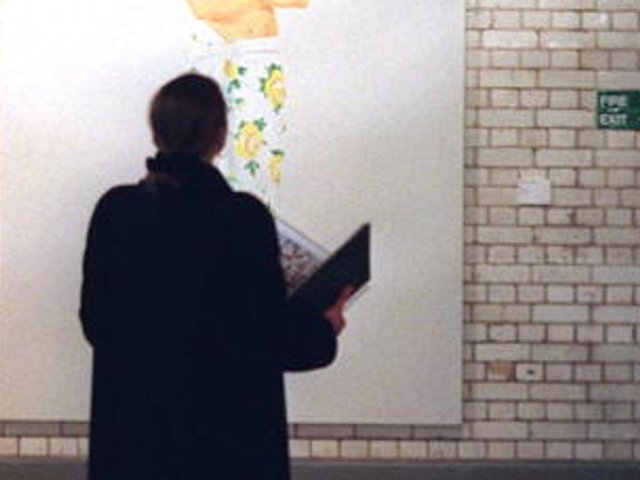New York
Dealers report that collectors who have remained active see themselves as entitled to large discounts and favourable payment plans.
Gallerists have observed a drastic reduction in visitors— some collectors are avoiding temptation, others aren’t in the mood to browse and some admit they are worried about appearing at art fairs and galleries while the economy is under such duress. But some with steady incomes are still shopping. “The people who are still buying are professionals—lawyers, doctors and people who have salaries,” says Jessie Washburne-Harris, of New York gallery Harris Lieberman.
Robert Harshorn Shimshak, a Berkeley radiologist and collector for 40 years, says a down market can be an excellent time for art buying. “The early 1990s were one of the best times in my life to collect,’’ he says of the last slump. “There was a whole list of artists I wanted, and I was able to cross them off my list.” His acquisitions included Sol LeWitt, Dan Flavin, Marcel Broodthaers and Ed Ruscha. Now he’s aiming for a Lawrence Weiner wall drawing, and other works out of his price range until recently. “I called a bunch of dealers and told them to let me know if they get anything really interesting at a fabulous price,” he says.
Others are focusing on the long term. “Art is an appreciable asset that has historically stood the test of time,” says Larry Warsh, a collector and promoter of Chinese contemporary art. “You have to have a medium- to long-term view of the market and really see the horizon.” Mr Warsh said that he is focusing on artist projects, commissioning large-scale outdoor sculpture and upgrading his own holdings. Last autumn he scoured the auctions and acquired furniture by Ai Weiwei, a Yan Lei painting and a Hai Bo photograph. “You need vision, confidence and knowledge,” says Mr Warsh.
Art advisers say timing is crucial, and the start of a down market may offer some of the best buying. “I think there’s a window of opportunity that takes place in the first six to eight months, and then it’s over,” says art adviser Thea Westreich. The autumn auctions presented a unique proposition: sales packed with high quality offerings, consigned during the boom and then sold during the bust. One such deal, an abstract 1986 Sigmar Polke painting, Freie Schleife Graphit, sold at Sotheby’s in November for $350,000—a steal according to Ms Westreich. “A lot of people are looking for deals, and there are deals to be had,” she says. “This is a very opportunistic time.”
Dallas collector Howard Rachofsky agrees. He has pledged his collection to the Dallas Museum of Art and his current plan is to resist smaller purchases and focus instead on important buys. “I don’t have another $200,000 to throw around when we are trying to buy some major pieces,” says Mr Rachofsky. “Special material turns up, and I want to have the fire power to acquire those things.”
He increased his ammunition in early June when he sold Jeff Koons’s Balloon Flower (Magenta), 1995-2000, for $25.8m at Christie’s in London. In the autumn he targeted some significant works, including a 1964 Yayoi Kusama sculpture. “It was something we didn’t want to miss and someone needed to make a sale,” he says.
New York art adviser Sima Familant says her clients have certainly benefited. “It felt like six months ago we were standing in line for art,” she says, but the familiar waiting lists are no longer a problem. Ms Familant said her clients were previously competing against “star collections and hedge fund managers”, and “people at our level were excluded”. As a result, she steered her clients into the secondary market. “Now we are very much only looking at primary. There’s no reason to go secondary,” she says, where prices were traditionally much higher.
Originally appeared in The Art Newspaper as ‘Collectors are calling the shots'



